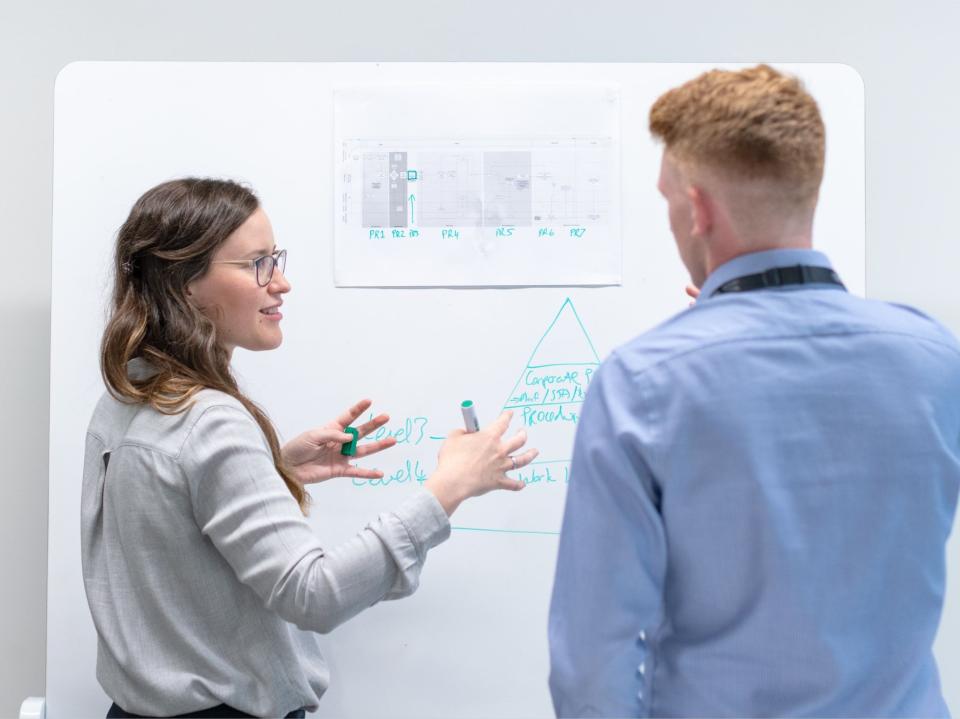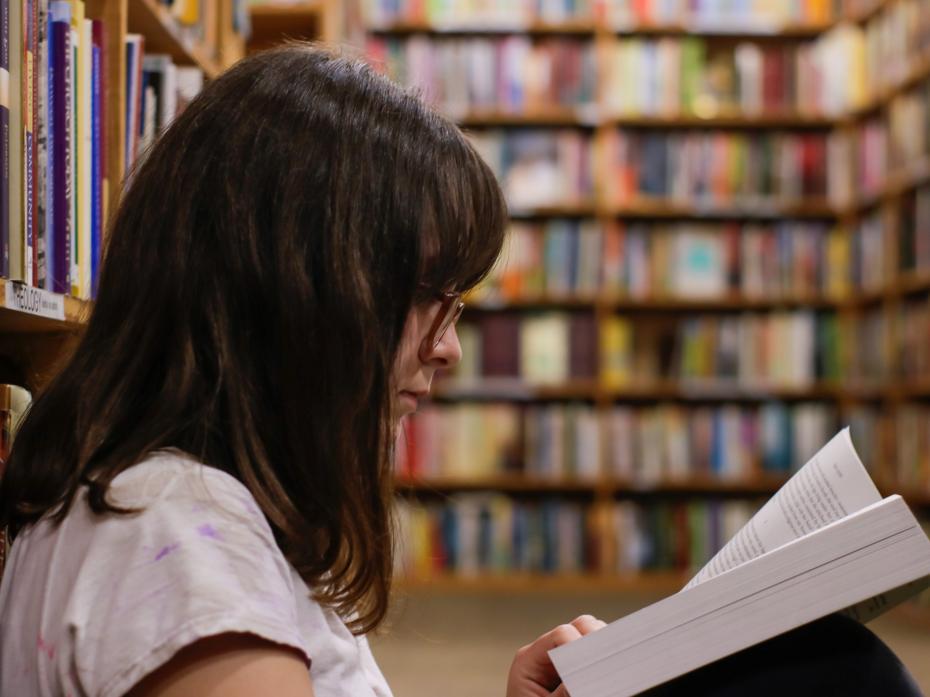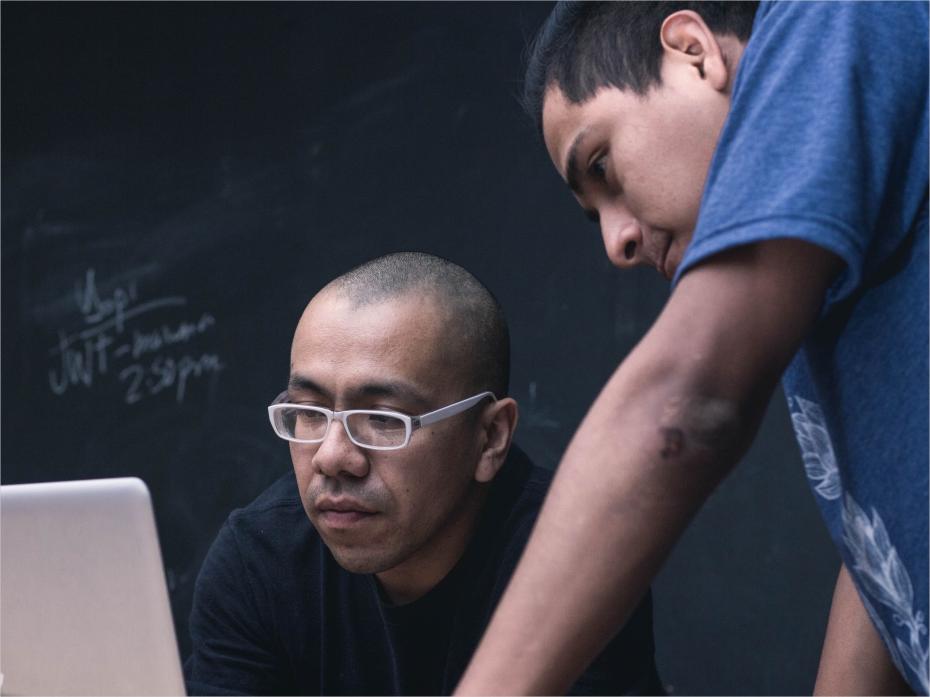Flipping the traditional classroom teaching model with an adaptive active learning approach has proven highly effective at Arizona State University. Here instructor Susan Holecheck talks through how and why this works in practice, filmed as part of REMOTE, the connected faculty summit. The virtual event showcased best practice, techniques and tools for online teaching in higher education. If you’re in a rush, browse the timeline below for the key topics covered and where in the video to find them.
02:07 The impact of the adaptive active learning model on student outcomes at Arizona State University (ASU)
03:42 How the ASU adaptive active online learning model works in practice
07:51 The course structure
08:12 The benefits of the “flipped model” of adaptive learning before class, then active learning in class
10:25 Examples of active learning activities
11:45 The challenge of moving 450 students online when Covid-19 struck
14:10 Results of this rapid move online
17:05 How do you plan to adapt the course for Covid longer term – will you go fully online or arrange socially distanced in-person teaching?
20:16 How often do students interact with the adaptive courseware such as Cogbooks – is it weekly or sporadically?
24:22 The importance of strong communication and keeping the students’ teaching schedule the same
26:34 How to prepare students for a flipped classroom model
This video was produced by REMOTE, the connected faculty summit, hosted by Arizona State University.




comment